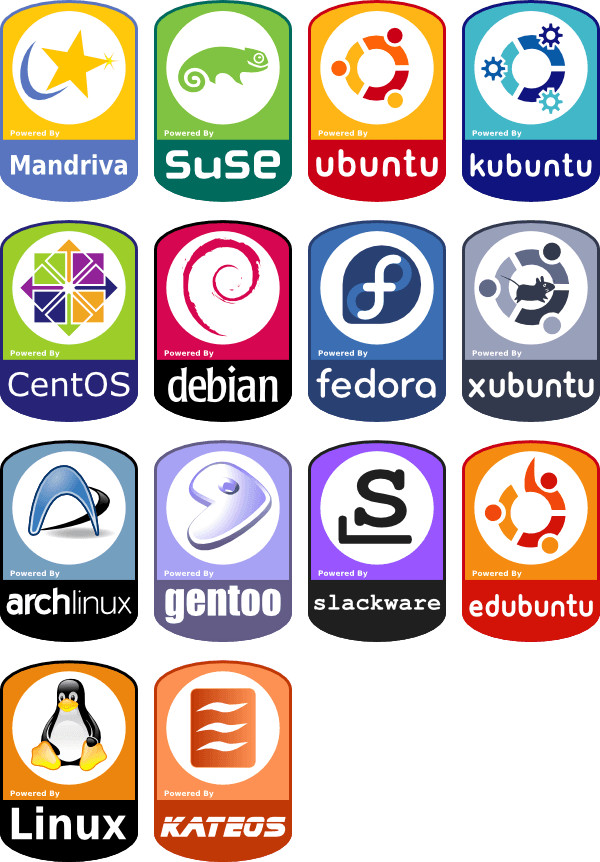Here I will discuss the Linux distros I have tried, my experience using them and the default options and programs they use so you can choose for yourself or at least have some information without searching a gazillion websites.
Bodhi Linux
Website: http://www.bodhilinux.com
DE: E17
browser: Midori
package manager: apt
Minimal ubuntu derivative distro, focuses on simplicity and speed while providing a desktop tailored according to the user device (laptop,tablet,desktop,etc). It is the best way if you want to try the Enlightenment Desktop but don’t want to fiddle around with the complicated installation and configuration it involves.
Arch Linux
http://www.archlinux.org
DE: you choose
browser: you choose
package manager: pacman
Do it yourself, rolling release distro. You build it from the ground up with the set of software you prefer. Total control over the system. KISS philosophy
Backtrack
Website: http://www.backtrack-linux.org/
DE: Gnome2,KDE or Fluxbox
browser: Firefox
package manager: apt
Network security oriented distro. The best in its class, although this makes it hard to use for other purposes (like non pentesting work. Customized kernel to work with all the pentesting tools provided (more than 400). Commercially supported by Offensive Security
Ubuntu
http://www.ubuntu.com
DE: Unity
browser: Firefox
package manager: apt
Most popular distro in the world, focuses on ease of use, commercially supported by canonical
Slitaz
DE: LXDE
http://www.slitaz.org
browser: Midori
package manager: tazpkg
Extremely small distro (35mb including the graphical desktop) with very fast boot times, can run entirely in ram, provides stable and “cooking” versions. Very suitable to put on your USB drive and have an entire desktop environment always in your pocket. Also provides an awesome feature called WebBoot, which boots your operating system from the internet and provides a full system working entirely in RAM with speed and stability in mind. The Linux Kernel and the complete SliTaz compressed root filesystem will be loaded into RAM from the Web using PXE and HTTP protocols.
